Are you someone who has ever marveled at breathtaking ocean views but struggled to capture them in a way that does justice to their beauty? Whether you’re a professional photographer or just someone who loves beach vacations, taking stunning scenic ocean shots requires a blend of creativity, technique, and a bit of insider knowledge. In this guide, we’ll explore everything you need to know to transform your ocean photography from average to amazing. From understanding what makes a scenic ocean shot captivating to learning the best times to shoot and how to compose your scenes effectively, we’ll cover all the essential tips and tricks to help you create oceanic masterpieces. Let’s dive in and unlock the secrets to capturing the magic of scenic ocean shots!
Key Takeaways
– Invest in quality gear for stunning ocean shots, including a versatile camera, tripod, and polarizing filter.
– Time your shots wisely during golden hours for soft, dramatic light and avoid harsh midday sun.
– Compose thoughtfully using leading lines, triangles, and foreground elements like rocks or kelp.
– Utilize lighting effectively with backlit silhouettes or frontlit textures for dynamic results.
– Pose subjects smartly to avoid squinting and capture natural moments like birds taking off or waves interacting with marine life.
– Stay patient and observant to wait for the perfect moment, watching wave movements and marine interactions.
– Edit thoughtfully to enhance colors, adjust exposure, and crop for better composition.
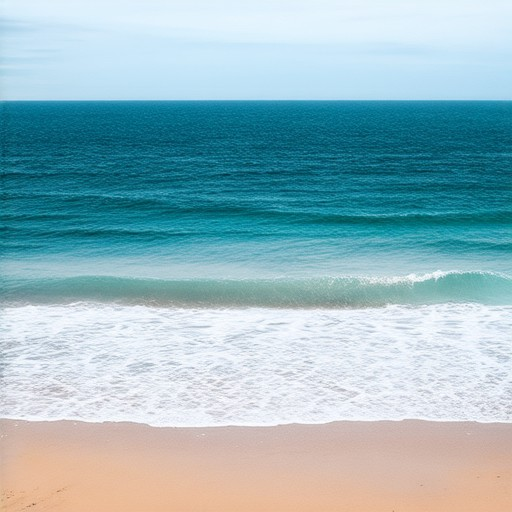
What Makes a Scenic Ocean Shot Truly Captivating?
A scenic ocean shot captivates viewers through a perfect harmony of lighting, composition, perspective, and storytelling elements. Here’s why:
- Lighting : The magic lies in the timing. Golden-hour shots during sunrise or sunset offer warm, soft lighting that enhances the natural beauty of the ocean. Dramatic lighting, such as during an approaching storm, adds intensity and contrast, creating a dynamic scene.
- Composition : Balance is key. Leading lines guide the eye towards the horizon, creating depth.Foreground elements like rocks or seashells add texture, while boats or lone surfers introduce movement and scale.
- Perspective : Wide-angle lenses capture the vastness, emphasizing the ocean’s expanse. Close-ups highlight details like wave patterns or light interactions, offering a unique view.
- Setting : Unique surroundings, like cliffs or ships, add drama. Coastal towns or twisted trees provide character, while vibrant color palettes complement the scene’s mood.
- Storytelling : Captured moments, such as a bird taking flight or a wave crashing, invite imagination, transforming the photo into a narrative.
By blending these elements, a scenic ocean shot creates an immersive experience, leaving a lasting impression on the viewer.
What Are the Top Tips for Capturing Stunning Scenic Ocean Shots?
- Choose the Right Time of Day: The golden hour, typically 30 minutes before sunrise or sunset, often provides ideal lighting conditions for scenic ocean shots. Soft, diffused light during these times enhances textures and creates dramatic skies.
- Composition is Key: Use leading lines, symmetry, and framing techniques to capture the vastness of the ocean. Experiment with perspectives like low-angle shots to emphasize the scale and grandeur of the scene.
- Focus on Depth and Distance: Utilize a wide-angle lens to capture the expanse of the ocean. This technique helps convey the vastness and serenity of the scene, making it more engaging for viewers.
- Polarizing Filters Can Enhance Colors: A polarizing filter helps reduce glare and intensify colors, especially during midday when the sun is harsh. This can lead to more vibrant and dynamic ocean shots.
- Experiment with Movement and Blurriness: Capture the movement of waves or the blur of the horizon to add a sense of motion and atmosphere to your photos. This can make your shots more visually striking.
- Consider the Tide and Weather Conditions: Pay attention to tidal patterns and weather forecasts. Changes in tide can alter the shape and texture of the coastline, while weather conditions like rain or fog can create unique and moody atmospheres.
- Use a Tripod for Stability: A tripod ensures stability, especially in windy conditions, allowing you to focus on composing your shot without worrying about camera movement. This is crucial for long exposures or slow shutter speeds.
- Explore Different Angles and Perspectives: Don’t stick to the usual eye level. Try shooting from a lower angle to emphasize the vastness of the ocean or from above to highlight textures in the water and sky.
- Post-Processing Techniques Can Enhance Your Photos: Use editing software to adjust colors, remove unwanted objects, and fine-tune the exposure. This can help bring out details and improve the overall quality of your shots.
Ready to take your ocean photography to the next level? Explore our comprehensive photography guides and discover professional tips to enhance your scenic ocean shots. Don’t forget to share your favorite captures with us – we’d love to see your creativity in action!
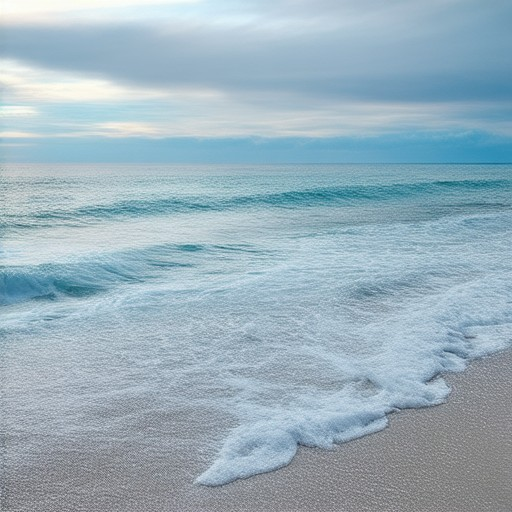
What Are the Best Tips for Capturing Stunning Scenic Ocean Shots?
Here are expert-recommended tips for capturing stunning scenic ocean shots:
- Choose the Right Time of Day: The golden hour, typically 30 minutes before sunrise or sunset, often offers the most dramatic lighting for ocean scenes. The soft, diffused light during these times enhances colors and creates beautiful silhouettes.
- Use a Tripod for Stability: A tripod ensures stability, especially when shooting near water where wind can cause vibrations. This helps keep your camera steady, especially for long exposures or slow shutter speeds.
- Experiment with Angles: Don’t stick to eye-level shots. Try low-angle shots to emphasize the vastness of the ocean or high-angle shots to capture the horizon and clouds from above. Variety adds visual interest.
- Consider the Horizon: The horizon can add depth and perspective to your photos. Whether it’s a calm sea or a stormy sky, the horizon often complements ocean scenery beautifully.
- Play with Light and Shadows: Look for opportunities where sunlight interacts with the water surface, creating patterns and reflections. This can add texture and dimension to your shots.
- Use a Polarizing Filter: A polarizing filter can help reduce glare and enhance color saturation, making the ocean appear more vibrant and dynamic.
- Explore Different Locations: Don’t limit yourself to just one spot. Explore various beaches, coastal areas, and even offshore locations to find unique perspectives and lighting conditions.
- Edit Your Photos Thoughtfully: Post-processing can enhance your photos. Adjust colors, contrast, and exposure to bring out details in the ocean and sky. Blur effects can also add a sense of motion to waves.
For more tips and inspiration, explore the Sailing Photo Awards resource library , where you’ll find additional guides and galleries showcasing exceptional ocean photography.
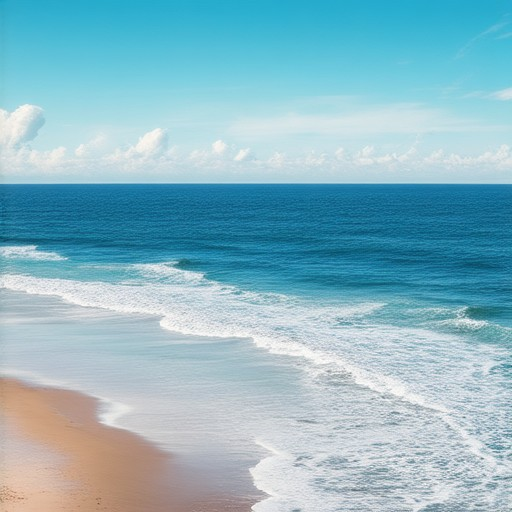
What Are the Best Practices for Capturing Stunning Scenic Ocean Shots?
Capturing stunning scenic ocean shots requires a combination of technical skill, creativity, and attention to detail. Here are some proven tips to help you get started:
- Choose the Right Equipment: Invest in a high-quality camera with a versatile lens. A tripod is essential for stability, especially when shooting near the water’s edge or during rough conditions. Consider using a polarizing filter to enhance colors and reduce glare.
- Time Your Shots Wisely: The best times to shoot are during sunrise, sunset, and golden hours when light is soft and dramatic. Avoid midday sun, which can cause harsh shadows and flat lighting. Pay attention to tidal patterns and weather conditions to capture unique textures and movements.
- Compose Thoughtfully: Use leading lines, triangles, and symmetry to create visually appealing compositions. Incorporate foreground elements like rocks, seashells, or kelp to add depth and interest to your scenes. Experiment with wide-angle shots to emphasize the vastness of the ocean.
- Utilize Lighting Effectively: Look for opportunities to shoot during dramatic lighting conditions such as rainbows, sunsets, or even misty mornings. Backlighting can create stunning silhouettes, while frontlighting enhances textures in the sand and water.
- Pose Your Subjects Smartly: If working with people, position them in a way that complements the landscape. Have them face away from the sun to avoid squinting and create a silhouette effect. For animals, wait for natural moments like a bird taking off or a wave pushing a dolphin closer to shore.
- Stay Patient and Observant: Great shots often happen when you’re willing to wait for the perfect moment. Watch the ocean’s behavior, from the movement of waves to the interaction between marine life. Patience pays off in capturing unique and memorable scenes.
- Edit Thoughtfully: Post-processing can enhance your photos. Adjust exposure, contrast, and color to bring out details. Use filters sparingly to maintain authenticity while adding a touch of artistic flair. Cropping and perspective adjustments can also transform a good shot into a great one.
For more tips and inspiration, explore the Sailing Photo Awards competition and gallery, where you’ll find countless examples of stunning ocean photography and helpful resources to improve your craft.
Best Times to Capture Stunning Scenic Ocean Shots
The optimal times to capture stunning scenic ocean shots depend on several factors, including lighting, location, and weather conditions. Here’s a guide to help you find the perfect moment:
- Golden Hours (Sunrise and Sunset): These are widely regarded as the best times due to soft, diffused light that enhances colors and reduces harsh shadows. The low-angle sun creates long shadows and dramatic silhouettes, making scenes like sunsets or waves crashing against cliffs more striking.
- Coastal Specifics: In coastal areas, the timing can vary based on tidal movements. Low tide often offers calm waters, allowing for reflections of the sky and clouds, while high tide can create powerful waves and dramatic interactions with the shore.
- Seasonal Variations: The best times may shift slightly depending on the season. In regions with consistent daylight, such as near the equator, the window for capturing great shots may extend into early evening during summer months. Conversely, in winter, the days are shorter, so golden hours end earlier.
- Cloud Cover and Weather: While clear skies enhance color contrast, dramatic cloud formations during sunset can add depth and interest to your photos. Stormy skies, though challenging, can offer unique and striking visuals, though they may require careful planning to minimize the impact of rough seas.
- Moon Phases: A full moon can extend the available light during sunrise or sunset, providing additional illumination for scenic shots. Check the moon’s phase calendar to maximize lighting opportunities.
- Social Context: Consider the presence of people or activities, such as surfers or beachgoers, which can add dynamism and storytelling elements to your photos. Capturing these interactions can make your shots more engaging and vibrant.
By understanding and adapting to these factors, you can unlock the best moments to capture the stunning beauty of the ocean in your photographs.
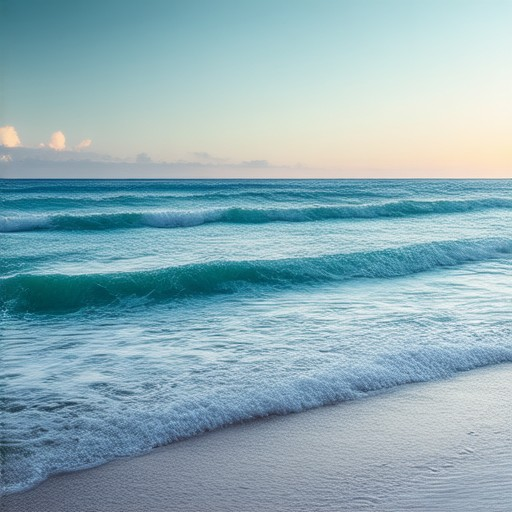
What Makes a Scenic Ocean Shot Truly Captivating?
A scenic ocean shot captivates viewers by skillfully blending lighting, composition, color palette, perspective, and unique surroundings. Here’s a breakdown of the key elements:
- Lighting : The timing and quality of light significantly impact the mood. Golden sunsets and serene sunrises add warmth and romance, while soft midday light offers clarity and peace. The angle of the sun can dramatically change the atmosphere, emphasizing textures and colors.
- Composition : The horizon’s vastness is often emphasized, creating a sense of infinity. Intriguing elements in the foreground, such as a boat, wave, or bird, draw the viewer’s eye inward, enhancing depth and interest.
- Color Palette : The ocean’s hues—blues, greens, and purples during sunsets—create visually striking scenes. Balancing vibrant colors with softer tones can evoke calmness, while complementary colors add depth and energy.
- Perspective : Wide-angle shots capture the expanse, evoking grandeur, while close-ups highlight texture and movement. Depth of field helps isolate key elements, focusing attention on the most impactful parts of the scene.
- Unique Surroundings : Elements like cliffs, lighthouses, or ships add character and tell stories, inviting viewers to imagine the scene’s history and emotions.
By harmonizing these elements, a scenic ocean shot transcends mere visuals, creating an unforgettable experience that resonates emotionally with the viewer.

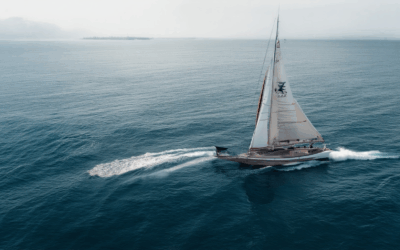
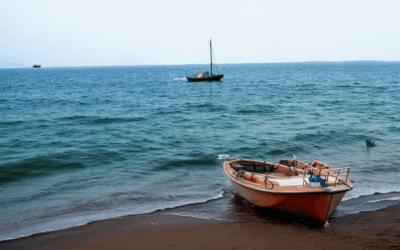
0 Comments